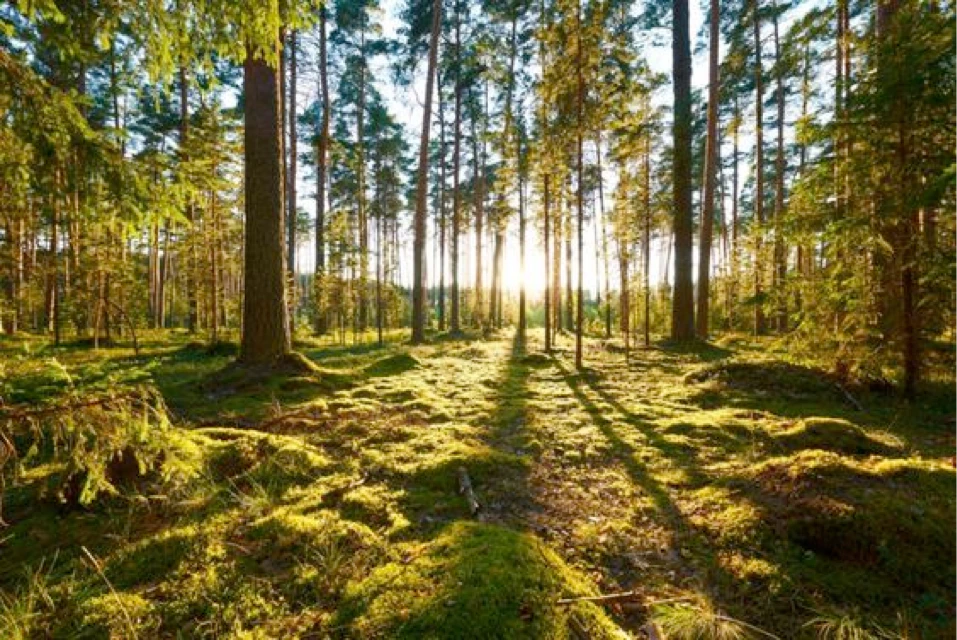Measuring, Reporting, and Verification of Forest Restoration
2. Indicators of Forest Restoration

We developed multi‐scale ecological reference models for the SUPERB restoration project by monitoring a diverse set of ecosystem attributes—from invasive species presence and soil health to structural diversity (via forest inventories, drone imagery and lidar) and ecosystem functions like nutrient cycling and carbon storage. These standardized, long‐term surveys integrate species composition, physical conditions and landscape connectivity to provide benchmarks against which future restoration success can be measured.
As described it is important to target objectives that span a range of ecosystem attributes to identify the nature of underlying functional changes operating at different time scales. In order to support future assessment of restoration, projects conducted as part of the Horizon project SUPERB, and others like them, we performed ecological monitoring of reference sites to construct the reference models against which future successes could be evaluated.
The surveys employed by the SUPERB project aimed to train the reference model were targeted a range of ecological groups to represent processes operating at different spatial scales. Although species of conservation concern often featured among the motivations of project leaders, to provide a holistic perspective of ecosystem condition the SUPERB models target entire assemblages with the expectation that changes in the occurrence of different species will inform different phases of the restoration trajectory. Naturally the final choices were also influenced by the timing, frequency and duration over which particular attributes should be collected. Monitoring time frames will vary by types of restoration activities and indicators; but given that ecosystem restoration is a long-term undertaking, there are substantial benefits to developing the monitoring effort in ways that allow for monitoring to be continued long into the future using the same sampling methods and equipment.
The following sections describe the advantages and further considerations associated with the survey techniques applied during the construction of reference models for SUPERB. To illustrate their breadth, these have been mapped to the attribute categories previously described in section 1.2.
- Absence of threats: presence of invasive species in vegetation surveys, or pests of major concern in insect surveys.
- Physical conditions: soil health.
- Species composition: multiple communities targeted to represent dynamics at different scales. Vegetation and soil fungi represent the plot-scale, aerial insects the stand-scale, and birds and bats the landscape-scale.
- Structural diversity: forest age structure estimated using traditional methods for forest inventories, as well as deadwood and vegetation surveys. Further estimates of canopy structure were derived from drone-based imagery and lidar.
- Ecosystem function: deadwood relates to multiple aspects of nutrient cycling and fertility, carbon storage can be estimated above-ground (lidar) and below-ground (soil chemistry), soil structure influences infiltration, and potential for pest control as a function of bat feeding activity.
- External exchanges: standardised metrics of connectivity to other forest and semi-natural habitats can be quantified from satellite imagery.
2.1 Forest and vegetation surveys
A standardised forest monitoring framework combines tree age‐structure, understorey vegetation and deadwood surveys to gauge ecological recovery: age distributions reveal successional dynamics, understorey plots track habitat quality, and deadwood counts indicate structural complexity. Data are collected via permanent plots and transects following European inventory protocols, then converted using allometric equations (e.g., DBH to biomass) and metrics like basal area and Gini coefficients to produce comparable indicators for restoration assessment.
2.2 Soil Health
Despite its crucial role, soil health is often overlooked in restoration efforts. But what defines healthy soils?
2.3 Environmental metabarcoding
A holistic biodiversity monitoring framework for SUPERB couples above- and belowground surveys—molecular eDNA metabarcoding of soil and arthropod samples alongside traditional assessments of plant, fungal and fauna communities—to capture changes in habitat complexity, nutrient inputs and trophic interactions across restoration gradients. By integrating high‑throughput DNA barcoding (e.g. soil eDNA, malaise‑trap arthropods) with conventional ecological indicators, this protocol establishes reference trajectories for ecosystem recovery and informs adaptive management.
2.4 Acoustics
A passive acoustic monitoring framework uses automated recorders and advanced analytics to track forest bird and bat communities—key indicators of habitat quality and landscape connectivity—by capturing large‐scale audio data. Standardized recording protocols optimize sensor deployment and schedules, while data are processed through soundscape analyses, clustering algorithms, or machine‐learning classifiers (e.g., BirdNET) to detect species presence and community shifts. Semi‐automated workflows with manual validation ensure reliable assessments of restoration outcomes and conservation‐priority species.
2.5 Remote Sensing
An integrated remote‐sensing framework combines airborne and terrestrial LiDAR with high‑resolution UAV multispectral and satellite imagery (Sentinel‑2, Landsat‑8) to produce scalable, repeatable measurements of forest structure, composition, and change. By stratifying plot selection across restoration treatments and applying rigorous preprocessing (point‐cloud filtering, radiometric correction, co‐registration), this approach yields accurate canopy height, structural diversity and vegetation‐health metrics to benchmark and monitor landscape‐scale restoration trajectories.


